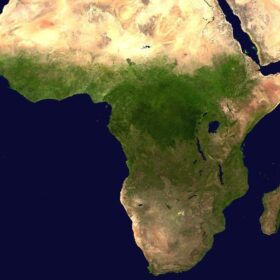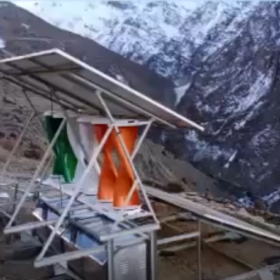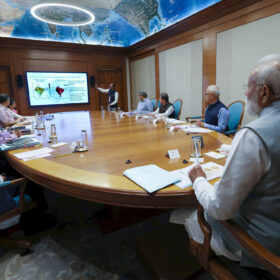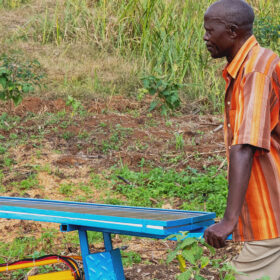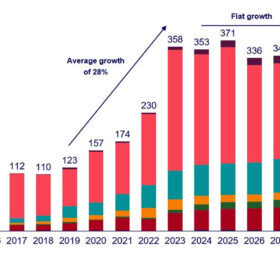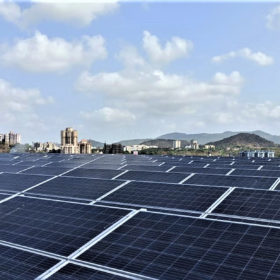Off-grid solar investment down by 43% globally in 2023
The Global Off-Grid Lighting Association (GOGLA) says total investment in the off-grid solar sector stood at $425 million in 2023, down 43% year on year. It says the industry needs to address a lack of early-stage financing to meet development and climate targets.
ISA to accelerate solar initiatives in Uganda
The International Solar Alliance (ISA) and the government of Uganda recently discussed accelerating the solar mini-grid project to address Uganda’s energy access challenge and advancing the solar water pumping project under the India, Brazil, and South Africa (IBSA) Fund. New areas of cooperation, such as establishing a Solar Technology and Application Resource Centre (STAR-C), were also explored.
PNOC, WindStream partner to deploy hybrid wind-solar RE solutions in Philippines
The Philippine National Oil Co. (PNOC) has partnered with India’s WindStream Energy Technologies to deploy hybrid wind-solar RE solutions in remote, off-grid areas of the Philippines.
India’s ruling party pledges renewables, manufacturing focus in its poll manifesto
India’s ruling party Bharatiya Janata Party (BJP) has vowed continued focus on renewables, energy storage and electric mobility with a view to achieving energy independence for the nation by 2047.
India surpasses 75 GW of installed solar capacity
India’s cumulative solar PV installations hit 75.58 GW at the end of February, according to the latest figures from the Ministry of New and Renewable Energy (MNRE).
The next 100 years of energy
Solar is poised to be the leading energy source in the next century. In terms of cost, renewables are almost at par with their dirtier counterparts, and within a few years will soon overtake them in terms of the volume of the overall worldwide energy produced.
After-sale support key to boosting off-grid solar
A new survey from US-based impact measurement company 60 Decibels shows off-grid energy customers are currently facing a series of challenges such as product affordability, gender inequality, customer support, further investment in minigrids, and over-indebtedness. The report, however, reveals that most users say the quality of their lives “very much improved” thanks to off-grid PV.
India has installed more than 180 GW of renewable energy capacity as of Dec. 31
India has installed 180,796.35 MW of renewable energy capacity as of Dec. 31, 2023, including 73,318.49 MW (around 41%) from solar power projects.
WoodMac predicts strong yet flat global PV growth through to 2032
Wood Mackenzie says the solar industry has reached a new stage in its evolution and is predicting around 350 GW of global solar installations annually for the next eight years. The research firm is also forecasting challenges for the solar manufacturing sector and long-awaited benefits from the Inflation Reduction Act in the United States.
Solar energy’s vital role in climate change mitigation
With solar taking a more significant portion of the energy and power mix, climate change can be significantly mitigated. Coal, for instance, is one of the dirtiest fuels, but makes up 70% of India’s power generation.

